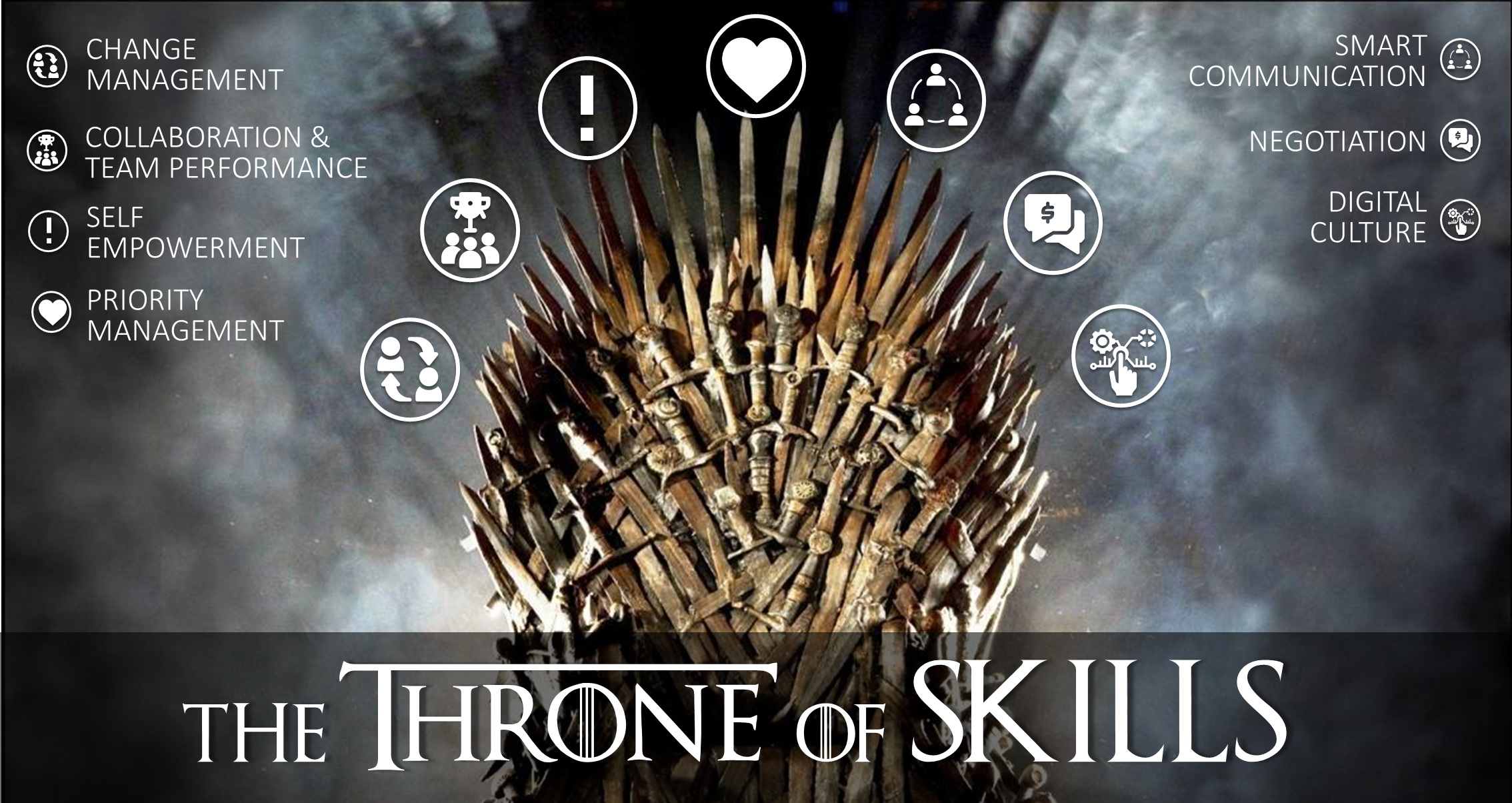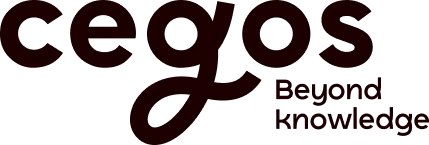Smart Communication
06/06/2019
- Media such as radio and TV - not necessarily accessible to everyone back then
- Newspapers, magazines and books - 'below the line' options that were somewhat passive
- Events - expensive in terms of investment and organization hence could not be frequently done.

Communication at the time of Social
Akin to opportunities, knowing how to communicate to an audience is a necessity today. A necessity also due to the fact that, if it has always been true that it is "impossible not to communicate", today it is even more so - especially when you have a social profile.Daenerys TargaryenThe GoT character that is most effective in the "one to many" communication: "Born of the Storm", "The First of His Name", "Queen of the Andals", "Rhoymar and of the First Men", "Lady of the Seven Kingdoms", "Protector of the Kingdom", "Princess of the Rock of the Dragon", "Khaleesi of the Great Sea of Grass", "the Non-burned", "Mother of Dragons", "Queen of Meereen", "Destroyer of Chains"...it is no coincidence that Daenerys carries with her such a long string of titles. Her name convinces easily, due to her conquests, way of communicating with frequency and capacity. She is able to 'speak with hearts'. It is her modality, derived from the way she sets herself apart whenever she is in front of a crowd - talking to the hearts to move the crowds.The objectives of CommunicationWhen we tweet, send friends a Facebook PM or simply a post of photo - that is communication and is done with a goal.- Share: we have content that we want to make public. To effectively achieve this goal it is necessary to know how to use an effective and efficient communication way. That is why the use of images and photographs is so prevalent. Knowing how to speak or write as effectively is certainly less easy.
- To teach: when the content that you want to divulge and share has a formative value (or stimulates a reflection), you have to offer it to others in such a way that not only is it read - but also understood and internalized.
- Getting a reaction: this is the highest goal that communication can set itself. Therefore it is necessary to use a method, a channel and words that lead to action - creating an effect in the 'receiver'.
"Watch how they see you. If they do not see you - you are nobody. But if your are someone, you must also be consistent"
